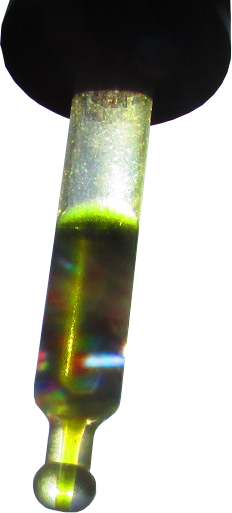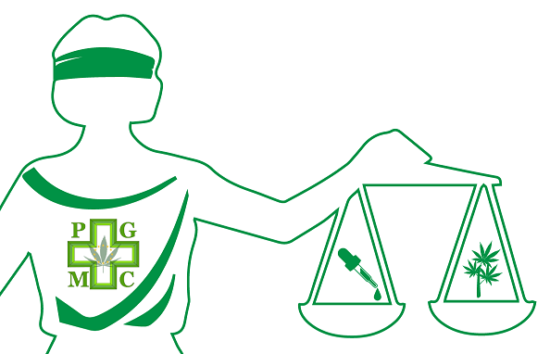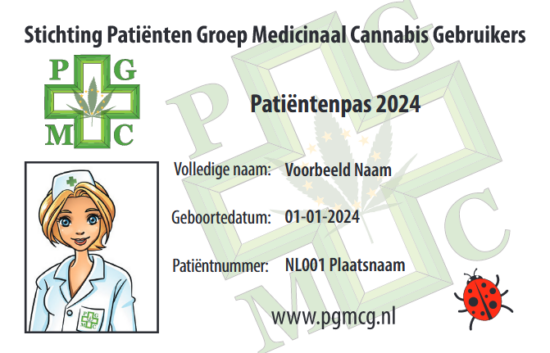Beoordeling entourage-effect antitumorale actie bij borstkanker
Beoordeling van het ‘entourage-effect’: antitumorale actie van een zuivere cannabinoïde versus een botanische drug bereiding in preklinische modellen van borstkanker.
Borstkanker is de tweede belangrijkste doodsoorzaak onder vrouwen. Hoewel de vroegtijdige diagnose en de ontwikkeling van nieuwe behandelingen hun prognose hebben verbeterd, tonen veel patiënten aangeboren of verworven weerstand tegen de huidige therapieën. Die daarom aanleiding geven tot nieuwe therapeutische benaderingen voor het beheer van deze ziekte. Uitgebreid preklinisch onderzoek heeft aangetoond dat cannabinoïden, de actieve bestanddelen van de Cannabis Sativa, antitumorale reacties geeft in verschillende modellen van kanker. De meeste van deze studies zijn uitgevoerd met zuivere verbindingen, voornamelijk Δ9-tetrahydrocannabinol (THC). De cannabisplant, echter, produceert honderden andere verbindingen met hun eigen therapeutische mogelijkheden en de capaciteit voor het opwekken van synergetische reacties wanneer dit is gecombineerd, het zogenaamde “entourage effect”.
Hier, vergeleken we de antitumorale werkzaamheid van pure THC met die van een Botanic Drug Preparation (BDP). De BDP was krachtiger dan pure THC in het produceren van antitumorale reacties in de cel cultuur en dierlijke modellen van ER +/ PR +, HER2 + en triple-negatieve borstkanker. Deze verhoogde sterkte was niet te wijten aan de aanwezigheid van de 5 meest voorkomende terpenen in de voorbereiding. Terwijl pure THC handelde door CB2 cannabinoïdereceptoren te activeren en het genereren van reactieve zuurstof soorten, de BDP moduleerde verschillende doelstellingen en mechanismen van de actie. De combinatie van cannabinoïden met de oestrogeen receptor – of HER2-gerichte therapieën (respectievelijk tamoxifen en lapatinib,) of met cisplatine, produceerde additieve antiproliferatieve reacties in celculturen. Combinaties van deze behandelingen in vivo toonde geen interacties, positief of negatief. Samen suggereren onze resultaten dat gestandaardiseerde cannabispreparaten medicatie, in plaats van pure cannabinoïden, kan worden beschouwd als onderdeel van het therapeutisch arsenaal voor het beheren van borstkanker.
English



